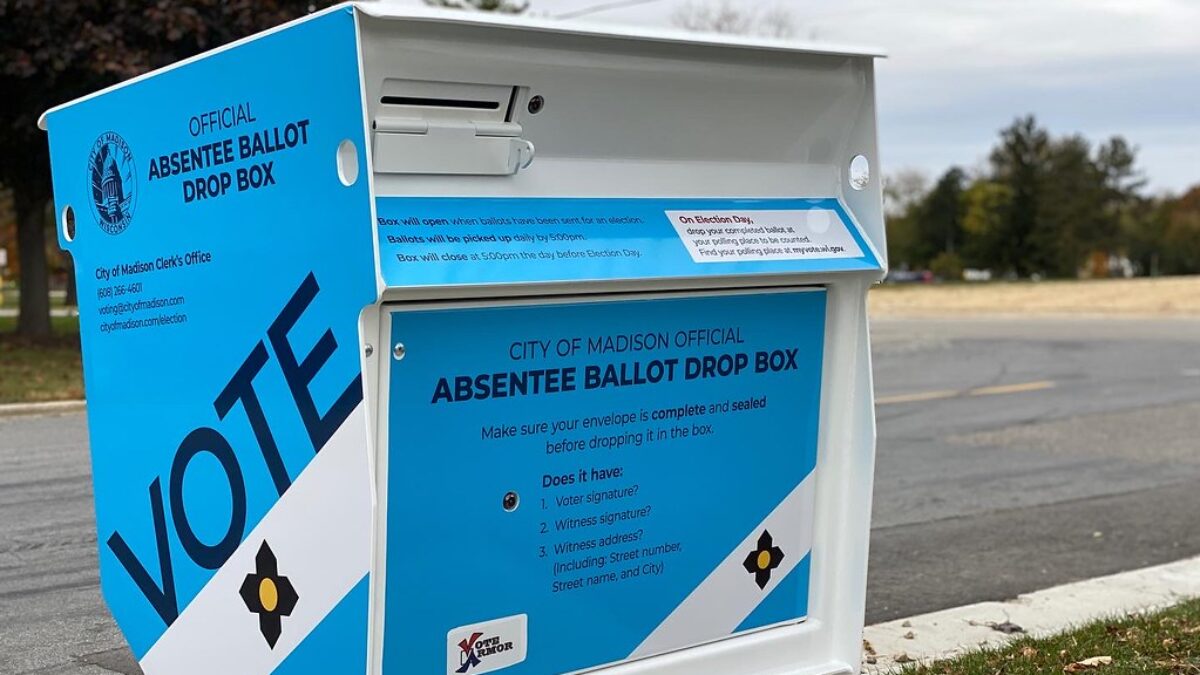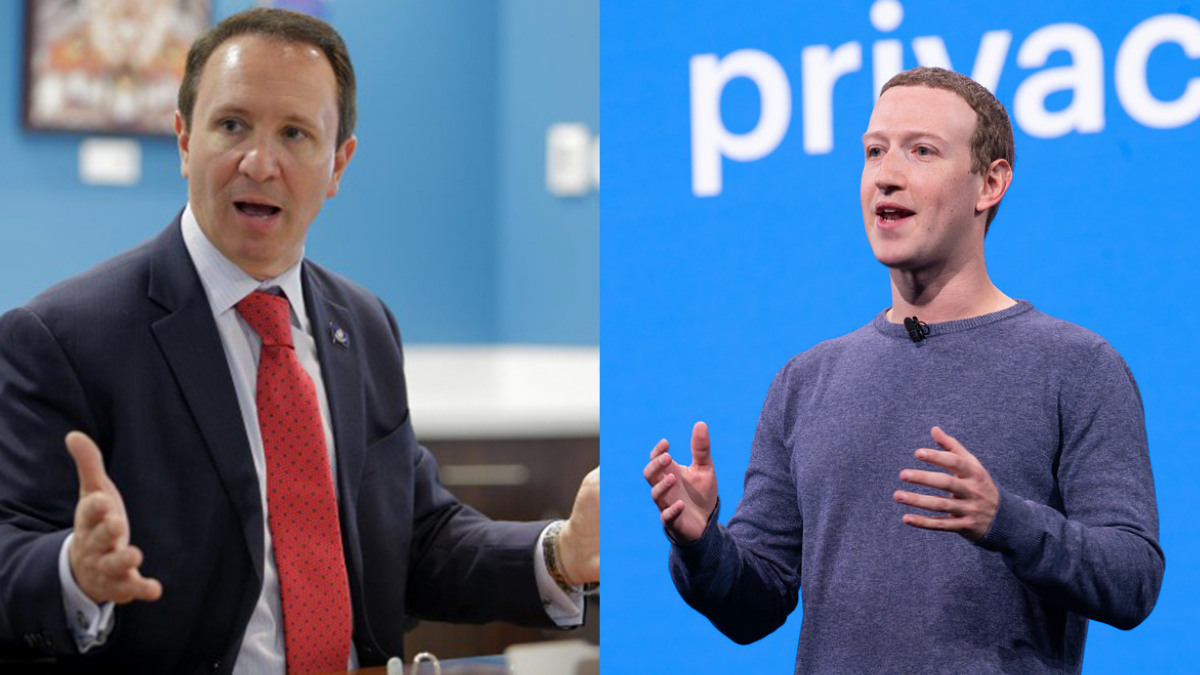
DES MOINES, Iowa — The Iowa caucuses, which begin tonight and mark the start of official voting for the 2020 presidential election, are an almost impenetrable mystery for most Americans. We know they’re the first presidential nominating contest on the calendar, we know campaigns and activists descend on the state every four years for them, we know whoever wins often goes on to win the nomination, but we don’t know how they work. Not exactly.
With byzantine rules and grassroots, bring-your-neighbor ethos, the Iowa caucuses are the extreme opposite of the old way of choosing nominees: party bosses handpicking candidates in smoke-filled backrooms. Even more than primary elections, caucuses are essentially an anti-establishment way of choosing a nominee in the sense that once they get going, no one can really control how they’ll play out—not the campaigns, not the party leaders, not even the caucusgoers.
This time around, caucus results might be even more unexpected than usual. Not only has there been a relative dearth of polling in Iowa recently despite a crowded Democratic field and a sustained media blitz, but nearly every Democratic activist and volunteer I spoke to here said he or she expects turnout to be bigger than it was in 2016, in part because of massive voter engagement and outreach efforts over the past two years.
‘We Vote in Public and We Vote with Our Bodies’
That means more caucusgoers who have never been to a caucus and don’t exactly know what to do or expect. To prepare them, Iowa Democrats and other civic groups have been staging caucus simulations in recent week. Last Thursday, just down the street from where President Trump was holding one of his signature mass rallies, I joined about 40 people gathered in the Polk County Senior Center for a caucus simulation hosted by the local chapter of the NAACP.
“We vote in public and we vote with our bodies,” says Judy Downs, executive director of the Polk County Democrats, speaking to the entire room. “So everybody find a seat at a table, but get ready to get up and move when we’re done with the presentations and it’s time to vote.”
The presentations, in this case, are short pitches for TV shows. Heather Jones, political action chair for the NAACP in Des Moines, tells me the shows are stand-ins for candidates, “So people don’t get hung up on this or that candidate and can focus instead on learning the process.” In recent weeks, other groups have staged caucus simulations using stand-ins like beer and food, sometimes combining the simulation with a potluck.
Democratic caucuses are far more complex than Republican ones, which are just presentations followed by a simple ballot. Democrats vote by physically moving to a designated area of the room for their candidate. Candidates who get at least 15 percent of the room are considered “viable,” and advance to the next round of voting. Caucusgoers who pick an unviable candidate then have a choice: they can choose a viable candidate or they can remain independent or uncommitted. Sometimes there can wind up being so many independents that they’ll win the entire caucus in a given precinct.
In the NAACP simulation, there are presentations for five TV shows. After the initial vote, “Murder, She Wrote” only gets five votes, failing to reach the viability threshold of six people based on 15 percent of 40. (At the actual caucuses in Iowa’s larger cities like Des Moines and Ames, many precincts will have several hundred people caucusing, and some more than 1,000.)
What ensued was a small version of what will happen on caucus night: all at once, the other four tables loudly call for the now-uncommitted “Murder, She Wrote” voters to join them. It’s chaotic and kind of fun. One guy, Larry Holloway, says he’ll be caucusing for the first time on Monday, and he’s undecided. “I’m a salesman, so I understand the sales pitch,” he says. “I want to be sold on a candidate, be convinced.”
Less Tension, But More Confusion
Multiple Democratic activists told me they expect less tension at the caucuses than in 2016, when voters were faced with a binary choice between Hillary Clinton and Bernie Sanders, and there was less persuading than pressuring. One woman told me it got nasty, with chants and taunting between rival Sanders and Clinton supporters.
Organizers are hoping to avoid that scenario this time. Democratic voters seem less dogmatic about their top choice than a lot of Sanders supporters were in 2016. I spoke with many people who said they weren’t committed to a single candidate, and others who had chosen backup candidates in case their top choice wasn’t viable.
Colin Scanes, 72, says he will caucus for Sen. Amy Klobuchar in the first round because “she’s been very effective” in the U.S. Senate and is “the right age.” But Scanes knows her chances are slim, so his second choice is Sen. Elizabeth Warren. “I’d like to see a woman as president.”
After the second round of voting, caucusers are “locked in” to their candidate unless they’ve decided to remain uncommitted. At this point, delegates are assigned proportionally based on how many people are in each candidate’s camp. Those delegates will be sent to a county caucus, where the entire laborious process is repeated (as it will be again at the district and state levels). Several people told me that remaining uncommitted can be a strategy if enough voters agree to do it because sending uncommitted delegates to the next level caucus means they can vote for candidates that might not have achieved viability in some precincts, thus keeping those campaigns alive.
Adding to this already confusing process are new reporting rules the Iowa Democratic Party implemented this year. In the past, the only numbers released were the state delegate equivalents in each precinct, and whichever candidate had the highest delegate count claimed victory—rather like the Electoral College.
This year, however, the Iowa Democratic Party will release the raw vote totals, or popular vote, for each candidate alongside the delegate count. That means a candidate could win the delegate count but lose the popular vote, which in turn means more than one candidate might be able to claim victory on caucus night.
The new rules, combined with more first-time caucusgoers who are undecided or persuadable, means the Iowa caucus will be more unpredictable this year than usual. What that means for the rest of 2020 Democratic primary remains to be seen, but it could mean the beginning of a very long and contentious primary season that ends in a contested convention in July.









